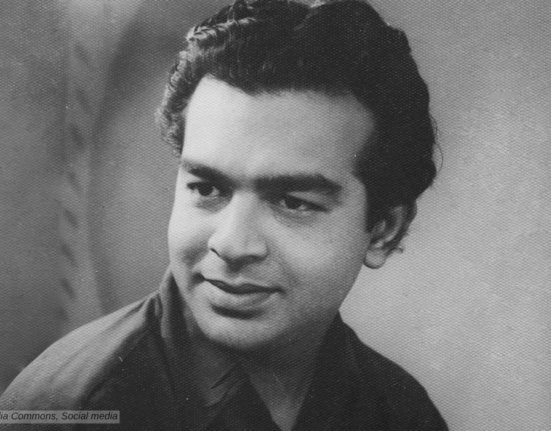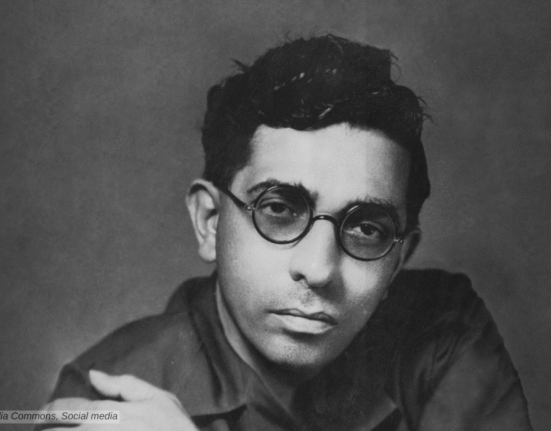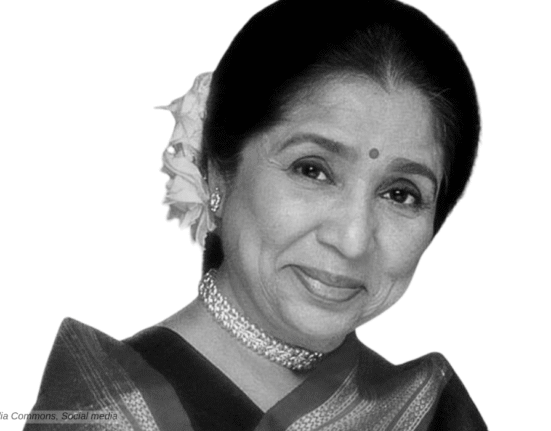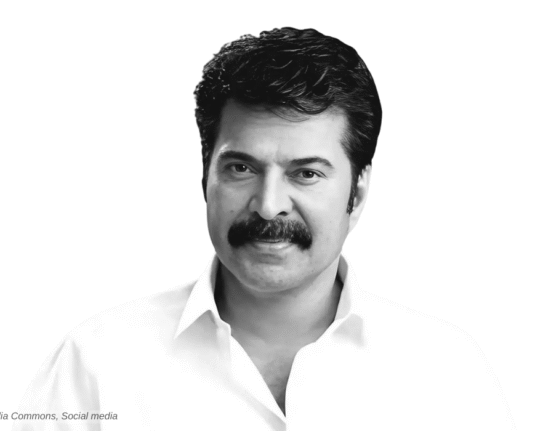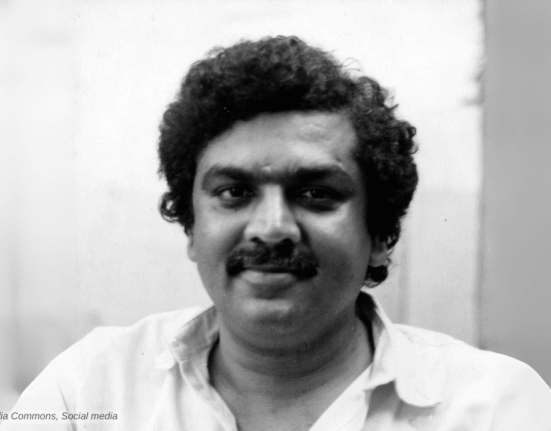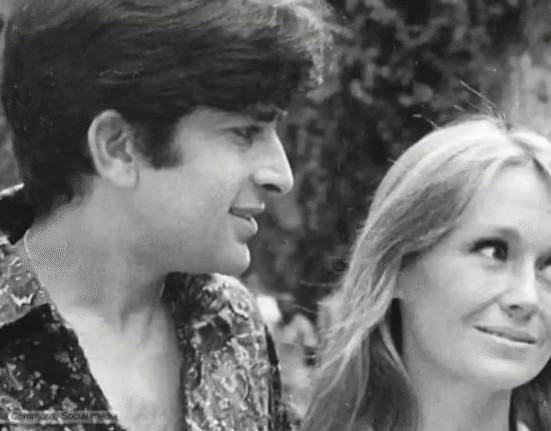Fondly called “Nat Samrat,” Bal Gandharva was a celebrated Marathi singer and stage actor known for his exceptional portrayal of female roles in musical theater. His career spanned over four decades, with a lasting influence on Marathi Sangeet Natak (musical drama).
Early Life
Narayan Shripad Rajhans was born on June 26, 1888, in Nagthane village, Palus taluka, Sangli district, Maharashtra. He belonged to a Deshastha Brahmin family. His father, Shripad Rajhans, was a skilled classical singer who played the sitar and sang bhajans. His mother, Annapurnabai Rajhans, supported the family’s musical environment.
Narayan’s father provided initial music training at home. At age 10, he visited Pune with his uncle Yeshwantrao Kulkarni, who worked at the Kesari newspaper office. This trip introduced him to Lokmanya Tilak, who gave him the name Bal Gandharva after a soulful performance. He gets his musical training from Bhaskarbuwa Bakhale, the legendary classical singer and teacher.
Bal Gandharva On Stage

Bal Gandharva began his career in 1905 with the Kirloskar Natak Mandali, a leading Marathi theater company. Shahu Maharaj of Kolhapur noticed his talent and facilitated his entry, including treatment for hearing issues at Miraj Hospital. He joined the troupe under Mujumdar and Nanasaheb Joglekar, marking his debut in Sangeet Natak. Gandharva became especially famous for playing female characters on stage. He played the role of women in over 27 original plays and 5000 stage shows.
At this time he acted in the famous Sangeet Natak. Sangeet Sharada as Sharada, written by Govind Ballal Deval. In 2011, he starred in Manapman as Bhamini. “Ranga Tuzya Bagha” from Manapman highlights his ability to blend classical and light music. He also acted in Shakuntal as Shakuntala, in Vidyaharan as Devayani, and in Gupta-Manjush as Nandini, among others
Gandharva Sangeet Mandali
After the death of Nanasaheb Joglekar, he started Gandharva Sangeet Mandali with Ganesh Govind Bodas and Govindrao Tembe in 1913. One of his most famous play at this point was Swayamwar (1916), where he played Rukmini. His guru, Bhaskarbuwa Bakhale, scored music for Swayamwar. It has the famous song “Nahi Me Bolat Natha.” He then starred in plays like Ekach Pyala, Mruchchakatika, Samshaya Kallol, Draupadi and many more. He ran the company until the early 1930s, when, due to increasing debt, it had to be closed.


Bal Gandharva – In Films
In the mid-1930s, he started working with Prabhat Film Company. He was supposed to do six films with Prabhat, but due to some diferences he done only one. The one film where he acted was V. Shantaram’s Dharmatma (1935), with Chandra Mohan, Ratnaprabha, and Vasanti. In the film he portrayed the role of Sant Eknath. In the film he sang 8 song with music director Master Krishnarao Phulambrikar.
Some of his songs include “Sab Kehte Jisko Neecha,” “Tan Ko Saaf Man Ko Saaf Kar Ke Hari Pyare,” “Yadi Chaahi Bharat Ban Jaave Swarg Sukhon Ka,” Yeh Jag Ki Phulwari Prabhuji Nath,” “Dhanya Dhanya Naaro Jaati” and many more.
Bal Gandharva – Nat Samrat
Bal Gandharva again started his Sangeet Mandali in 1937. By this time he was in his late 40s and was not suitable for playing women’s characters. He employed Gohar Karnataki to play the female lead in his plays. Gohar and Gandharva soon developed a romantic relationship. It was a big scandal in the conservative Marathi society. Even Gandharva’s own brother, “Bapurao Rajhans,” left the company in protest. All this never bothered him, and he continued his working and personal relationship with Karnataki.
Gandharva’s renditions remain iconic in Marathi Natya Sangeet. “Aaj Mhare Ghar Pavana” from Saubhadra reflects his devotional style. He collaborated with Master Krishnarao Phulambrikar Saubhadra, who became his preferred composer. Some of his other songs include “Madhurashtakam (Vidyaharan),” “Sindhu’s Lament (Ekach Pyala),” and “Tujhe Nako Mal (Sharada).”
He recorded over 400 songs across various labels. These songs, recorded on gramophone discs, endure as classics. He also recorded on cylinders, though none survive.
Personal Life
In 1955, he received the Sangeet Natak Akademi Award (then the President’s Medal). The Padma Bhushan followed in 1964. He placed the foundation stone for the Bal Gandharva Rang Mandir in Pune.
Bal Gandharva married Lakshmibai, a Deshastha Brahmin, in an arranged match during childhood. The marriage lasted until her death in 1940. He lost three children during his first marriage. In 1951, he married Gauharbai Karnataki, a Muslim actress from a singing family, causing social backlash. This marriage remained childless. Gauharbai died in 1964. He suffered a paralytic attack later in life. He died on July 15, 1967, in Pune.
Mohan Nadkarni wrote his biography, Bal Gandharva (The Nonpareil Thespian). In 2011 a biopic, Balgandharva, was released, directed by Ravi Jadhav and produced by Nitin Chandrakant Desai. In the film, Subodh Bhave portrayed the role of Gandharva.
Bal Gandharva on IMDB



